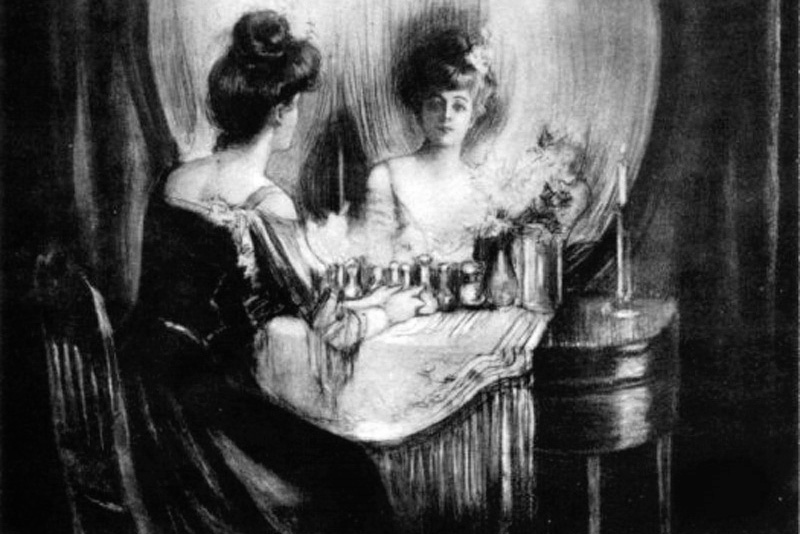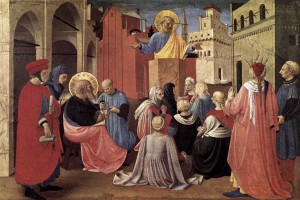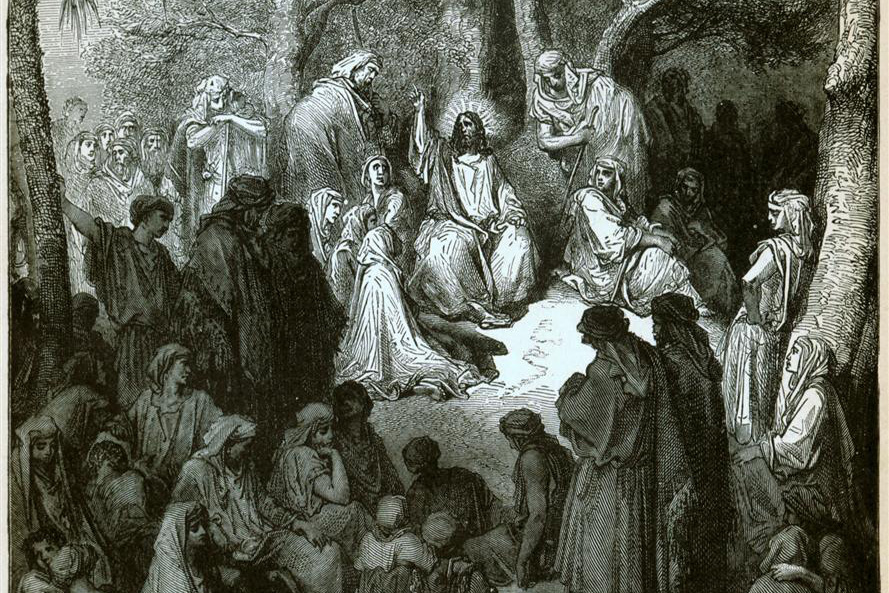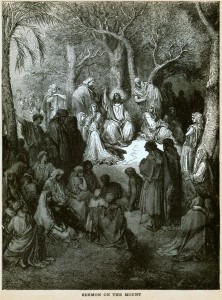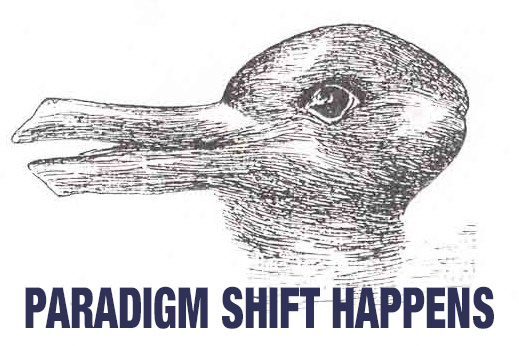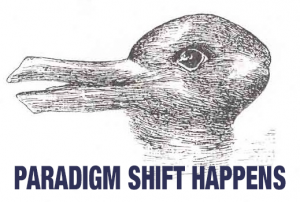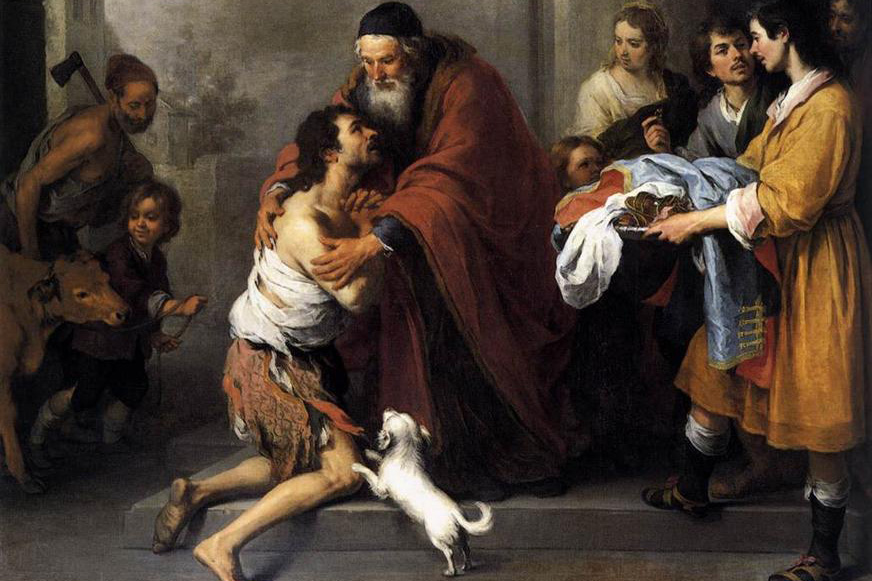In the Gospel from last Sunday, the Lord warns of using uncivil and/or hateful words such as “Raqa” and “fool.” And yet the same Lord Jesus often used very strong language toward some of His opponents, sometimes calling them names such as vipers and hypocrites.
We live in a world that often insists on the use of gentle language and euphemisms. While doing so is not a bad thing, we also tend to manifest a kind of thin-skinned quality and a political correctness that is too fussy about many things, often taking personally what is not meant personally.
What is the overall teaching of Scripture when it comes this sort of colorful language? Are there some limits and ground rules? Let’s take a look.
The word “civility” dates back to the mid-16th century and has an older meaning that referred to one who possessed the quality of having been schooled in the humanities. In academic settings, debate (at least historically) was governed by a tendency to be nuanced, careful, cautious, formal, and trained in rhetoric. Its rules often included referring to one’s opponents with honorary titles (Doctor, Professor, etc.) and euphemisms such as “my worthy opponent.” Hence as the word has entered into common usage, it has come to mean speech or behavior that is polite, courteous, gentle, and measured.
As one might guess, there are a lot of cultural variances in what is considered to be civil. And this insight is very important when we look at the biblical data on what constituted civil discourse. Frankly, the biblical world was far less dainty about discourse than we have become in 21st-century America. The Scriptures, including the New Testament, are filled with vigorous discourse. Jesus, for example, really mixes it up with His opponents—even calling them names. We shall see more of this in a moment. But the Scriptures also counsel charity and warn of unnecessarily angry speech. In the end, a balance of the Scriptural witness to civility must be sought along with an appreciation of the cultural variables at work.
Let’s examine a few of the texts that counsel charity as well as a modern and American notion of civility:
- Words from a wise man’s mouth are gracious, but a fool is consumed by his own lips (Eccl 10:12).
- The quiet words of the wise are more to be heeded than the shouts of a ruler of fools (Eccles 9:17).
- Anyone who says to his brother, ‘Raca’ is answerable to the Sanhedrin. But anyone who says, ‘You fool!’ will be in danger of the fire of hell (Matt 5:22).
- Do not let any unwholesome talk come out of your mouths, but only what is helpful for building others up according to their needs, that it may benefit those who listen (Eph 4:29).
- Fathers, do not provoke your children, lest they become discouraged (Col 3:21).
- With the tongue we praise our Lord and Father, and with it we curse men, who have been made in God’s likeness. Out of the same mouth come praise and cursing. My brothers, this should not be (James 3:9-10).
- Everyone should be quick to listen, slow to speak, and slow to become angry (James 1:19).
- Let your conversation be always full of grace, seasoned with salt (Col 4:6).
- Therefore encourage one another and build each other up (1 Thess 5:11).
- But now you must rid yourselves of all such things as these: anger, rage, malice, slander, and filthy language from your lips (Col 3:8).
- Let us therefore make every effort to do what leads to peace and to mutual edification (Rom 14:19).
- Brothers, if anyone is caught in any transgression, you who are spiritual should restore him in a spirit of gentleness ( Gal 6:1).
- Yet do not regard him as an enemy, but warn him as a brother (2 Thess 3:15).
- Now instead, you ought to forgive and comfort [the repentant sinner], so that he will not be overwhelmed by excessive sorrow (2 Cor 2:7).
All these texts counsel a measured, charitable, and edifying discourse. Name-calling and hateful or unnecessary expressions of anger are out of place. And this is a strong biblical tradition, especially in the New Testament.
But there are also strong contrasts to this instruction evident in the Bible. And a lot of it comes from an unlikely source: Jesus. Paul too, who wrote many of the counsels above, often engages in strident denunciations of his opponents and even members of the early Church. Consider some of the passages below, first by Jesus, then by Paul and other Apostles:
- Jesus said, “You brood of vipers, how can you who are evil say anything good?” (Matthew 12:34)
- And Jesus turned on them and said, “Woe to you, teachers of the law and Pharisees, you hypocrites! You shut the kingdom of heaven in men’s faces. You yourselves do not enter, nor will you let those enter who are trying to. “Woe to you, teachers of the law and Pharisees, you hypocrites! You travel over land and sea to win a single convert, and when he becomes one, you make him twice as much a son of hell as you are. “Woe to you, blind guides! … You strain out a gnat but swallow a camel. “Woe to you, teachers of the law and Pharisees, you hypocrites! You clean the outside of the cup and dish, but inside they are full of greed and self-indulgence. … You hypocrites! You are like whitewashed tombs, which look beautiful on the outside but on the inside are full of dead men’s bones and everything unclean. … And you say, ‘If we had lived in the days of our forefathers, we would not have taken part with them in shedding the blood of the prophets.’ So you testify against yourselves that you are the descendants of those who murdered the prophets. Fill up, then, the measure of the sin of your forefathers! “You snakes! You brood of vipers! How will you escape being condemned to hell?” (Matt 23 varia)
- Jesus said to them, “If God were your Father, you would love me, for I came from God and now am here. I have not come on my own; but he sent me. … You belong to your father, the devil, and you want to carry out your father’s desire. … He who belongs to God hears what God says. The reason you do not hear is that you do not belong to God” (John 8:42-47).
- Jesus said, “Isaiah was right when he prophesied about you hypocrites; as it is written: “‘These people honor me with their lips, but their hearts are far from me (Mark 7:6).
- And Jesus answered them, O faithless generation, how long am I to be with you? How long must I tolerate you!? (Mark 9:19)
- Jesus said to the disciples, “If you, then, though you are evil, know how to give good gifts to your children, how much more will your Father in heaven give good gifts to those who ask him!” (Matt 7:11)
- Jesus said to the crowd, “I do not accept praise from men, but I know you. I know that you do not have the love of God in your hearts (Jn 5:41-42).
- So he made a whip out of cords, and drove all from the temple area, both sheep and cattle; he scattered the coins of the money changers and overturned their tables (John 2:15).
- Then Jesus replied, “Have I not chosen you, the Twelve? Yet one of you is a devil!” (John 6:70)
- Paul: O senseless Galatians, who hath bewitched you that you should not obey the truth, … As for those circumcisers , I wish they would go the whole way and emasculate themselves! (Galatians 3, 5)
- Paul against the false apostles: And I will keep on doing what I am doing in order to cut the ground from under those who want an opportunity to be considered equal with us in the things they boast about. For such men are false apostles, deceitful workmen, masquerading as apostles of Christ. And no wonder, for Satan himself masquerades as an angel of light. It is not surprising, then, if his servants masquerade as servants of righteousness. Their end will be what their actions deserve (2 Cor 11:11-14).
- Paul on the Cretans: Even one of their own prophets has said, “Cretans are always liars, evil brutes, lazy gluttons.” This testimony is true. Therefore, rebuke them sharply, so that they will be sound in the faith (Titus 1:12-13).
- Peter against dissenters: Bold and arrogant, these men are not afraid to slander celestial beings…these men blaspheme in matters they do not understand. They are like brute beasts, creatures of instinct, born only to be caught and destroyed, and like beasts they too will perish. … They will be paid back with harm for the harm they have done. … They are blots and blemishes, reveling in their pleasures while they feast with you With eyes full of adultery, they never stop sinning; they seduce the unstable; they are experts in greed—an accursed brood! … Of them the proverbs are true: “A dog returns to its vomit,” and, “A sow that is washed goes back to her wallowing in the mud” (2 Peter 2, varia).
- Jude against dissenters: These dreamers pollute their own bodies, reject authority and slander celestial beings….these men speak abusively against whatever they do not understand; and what things they do understand by instinct, like unreasoning animals—these are the very things that destroy them. Woe to them! They have taken the way of Cain; … These men are blemishes at your love feasts, eating with you without the slightest qualm—shepherds who feed only themselves. They are clouds without rain, blown along by the wind; autumn trees, without fruit and uprooted—twice dead. They are wild waves of the sea, foaming up their shame; wandering stars, for whom blackest darkness has been reserved forever. … These men are grumblers and fault finders; they follow their own evil desires; they boast about themselves and flatter others for their own advantage (Jude 1:varia).
Now most of the passages above would violate modern norms about civil discourse. Are they sinful? They are God’s word! And yet they seem rather shocking to modern ears. Imagine getting into your time machine and going to hear Jesus denounce the crowds and calling them children of the devil. It really blows a 21st-century mind!
I want to suggest to you that these sorts of quotes go a long way toward illustrating the cultural dimension of what it means to be civil. The bottom line is that there is a great deal of variability in what people consider civil discourse. In some cultures there is a greater tolerance for anger. I dated an Italian girl for a brief time back in college, and I remember being at her house watching her and her mother really go at it in a heated debate (usually in Italian—Mama Mia!). But no sooner had they argued very intensely over some particular point—say preparing the meal—than they were just fine, acting as if nothing had happened. Angry discourse was more “normal” for them than it was for me. Even in this country there are regional differences in what is considered civil. In New York and Boston, edgy comments and passionate interruptive debate are common. But in the upper-Midwest and parts of the Deep South, conversation is more gentle and reserved.
At the time of Jesus, angry discourse was apparently more “normal,” for as we see, Jesus Himself engages in a lot of it, even calling people names like “hypocrites,” “brood of vipers,” “liars,” and “wicked.” Yet the same Scriptures that record these facts about Jesus also teach that He never sinned. Hence at that time, the utterance of such terms was not considered sinful.
Jesus also engaged in prophetic actions like overturning the tables in the temple courts. No one said He’d done wrong, they just wondered where He’d gotten the authority to do this (cf Mark 11:28). In that culture prophets did things like this. No one liked it, but just as our culture tolerates some degree of civil disobedience—even reveres it—Jesus’ culture expected things like this from prophets.
Careful, now—be careful here. I am not saying it is OK for us to talk like this because Jesus did. We do not live then; we live now; and in our culture such dialogue is almost never acceptable. There ARE cultural norms we have to respect to remain in the realm of Charity. Exactly how to define civility in every instance is not always clear. An old answer to these hard-to-define things is “I know when I see it.” So perhaps it is more art than science to define civility. But clearly we tend to prefer gentler discourse in this day and age.
On the other hand, as already observed, we also tend to be a little thin-skinned and hyper-sensitive. And the paradoxical result of insisting on greater civility is that we are too easily “outraged” (one of the more overused words in English today). We take offense where none is intended and we presume that the mere act of disagreeing is somehow arrogant, intentionally hurtful, or even hateful. We seem so easily provoked and so quick to be offended. All of this escalates anger further, and charges of hate and intolerance are launched back and forth when there is merely sincere disagreement.
Balance – The Scriptures give us two balanced reminders. First, that we should speak the truth in love, and with compassion and understanding. But it also portrays to us a time when people had thicker skin and were less sensitive and anxious in the presence of disagreement. We can learn from both biblical traditions. The biblical formula seems to be “clarity” with “charity,” the truth with a balance of toughness and tenderness. An old saying comes to mind: “Say what you mean, mean what you say, but don’t say it mean.”
Here are two videos that depict the zeal of Jesus and a bit of his anger. The passages are from John 6 and John 8.

